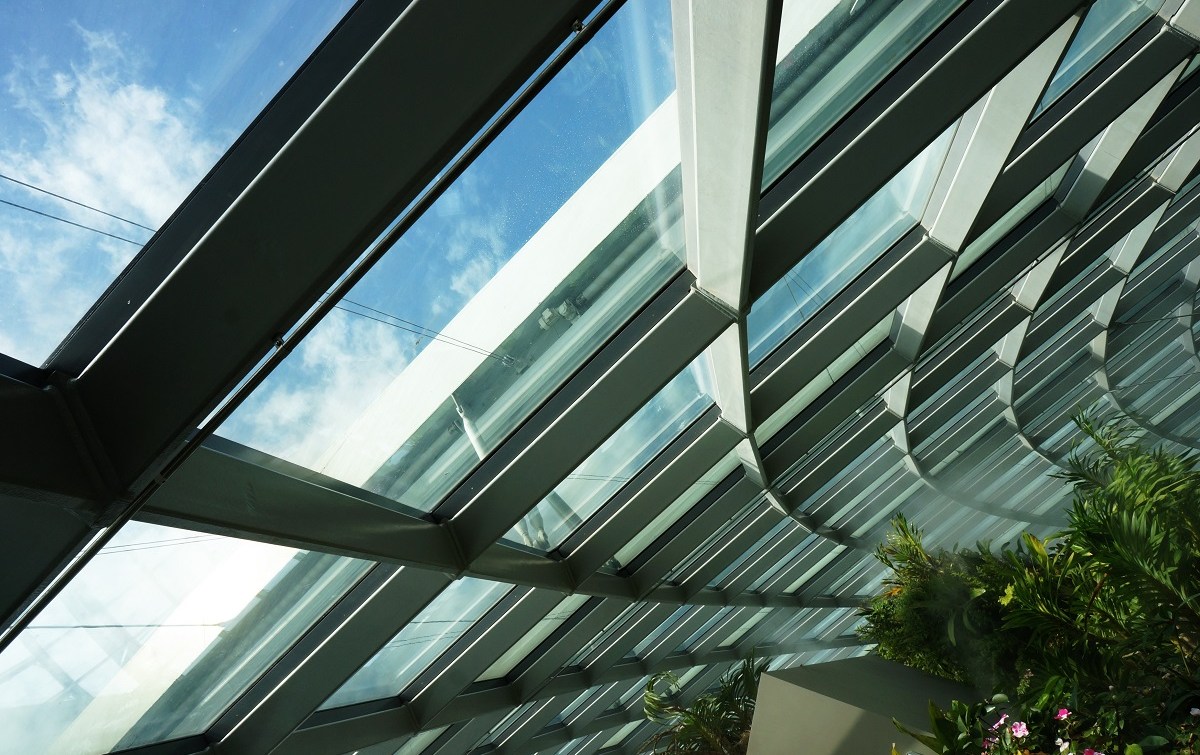LEED (Leadership in Energy and Environmental Design) certifications are the most widely used green building rating system in the world.
LEED provides a framework to help project managers provide healthier, more productive and cost-effective buildings through the introduction of environmentally sound practices and policies.
As a result, LEED-certified buildings generate less waste, support human health and save energy, water and other resources. They also cost less to operate, attract tenants and boost employee productivity and retention.
LEED certification is run by the U.S. Green Building Council (USGBC) and is available to virtually any building project. More than 165 countries and territories now house LEED projects and each day 2.4 million square feet are LEED certified, according to stats from the USGBC.
LEED v4 is the latest version of the LEED certification scheme and an extension of the LEED 2009 rating system. It is designed to be flexible and to improve the overall project experience on several fronts.
First, LEED v4 brings renewed focus to the materials used in building projects and their effect on the environment and health. Second, it uses a stronger, performance-based approach to the quality of the internal environment for tenants. Third, it provides a clearer picture of water efficiency by evaluating the total building water use.
Finally, LEED v4 also introduces new requirements for project types such as data centers, warehouses and distribution centers, hotels/motels, existing schools, existing retail, and mid-rise residential projects.
No matter what your building project, three different factors all contribute to LEED certification. These are LEED prerequisites, credits and points.
Prerequisites
LEED prerequisites set the minimum requirements that all building projects need to meet for LEED certification. They provide clear guidance to project managers, streamline the certification process, and protect the integrity of the LEED program.
For example, building projects will need to prove their suitability for LEED certification in terms of the site’s sustainability, water efficiency, energy efficiency, the materials and resources used, and the indoor environmental quality.
Building projects pursuing LEED 2009 certification must:
- Comply with environmental laws;
- Be a complete, permanent building;
- Use a reasonable site boundary;
- Comply with minimum floor area requirements;
- Comply with minimum occupancy requirements;
- Commit to sharing whole-building energy and water usage data;
- Comply with a minimum building area to site area ratio.
Building projects pursuing LEED v4 certification must also:
- Be in a permanent location on existing land;
- Use reasonable LEED boundaries;
- Comply with project size requirements.
If you cannot meet the criteria set up in the LEED prerequisites, you cannot apply for certification. A detailed list of prerequisites can be found here.
Credits
LEED credits allow you to earn points for your specific building project type. The more points your building project earns, the higher your LEED certification.
In LEED v4, there are 21 rating system adaptations, which are divided across six broad categories:
-
- Building Design and Construction (BD+C): for newly constructed buildings or those buildings going through a major renovation.
- Interior Design and Construction (ID+C): for complete interior fit-outs.
- Operations and Maintenance (O+M): for existing buildings undergoing improvement work where little to no construction is required.
- Neighborhood Development (ND): for new land development projects or redevelopment projects. These projects may include residential uses, non-residential uses, or a mix of the two.
- Homes: for single family homes, and low- or mid-rise multifamily homes.
- Cities and communities: applies to entire cities and sub-sections of a city.
These broad categories are then further split depending on the building project type. For example, schools, retail, healthcare and hospitality projects, data centers, warehouses and district centers, neighborhood development projects and homes are all regarded as different project types under LEED and, as a result, all have slightly different credit systems.
A full list of LEED credits by project type is available here.
Points
There are four different levels of LEED certification, depending on the number of points your building earns. These are:
- Certified (40 to 49 points);
- Silver (50 to 59 points);
- Gold (60 to 79 points);
- Platinum (80+ points).
Credits earn points, but prerequisites do not. You can also earn points across several categories.
Getting started and the application
To get started with your LEED certification, we would recommend the following steps:
- Select a LEED rating system for your project and understand the basic project requirements. The USGBC Selection Guidance is a good resource for this.
- Check the Minimum Program Requirements to ensure your building project is eligible for LEED certification.
- Review the LEED Certification Guides including the current policies, procedures and pricing for your specific project.
- Identify the LEED credits your building project should focus on for certification.
- Get the right tools. The USGBC provides an extensive list of online tools to help your certification.
- When you’re ready to begin, register your project on the LEED Online portal, prepare your documentation and submit your application.
At the end of the day, LEED certification provides a wide range of financial and logistical benefits to construction firms, landlords and tenants. It’s also an ethical system for sustainability and helps to further push the worldwide drive to protect the environment.









